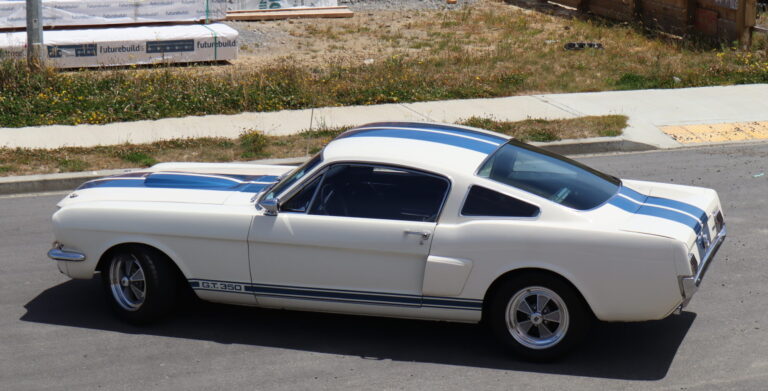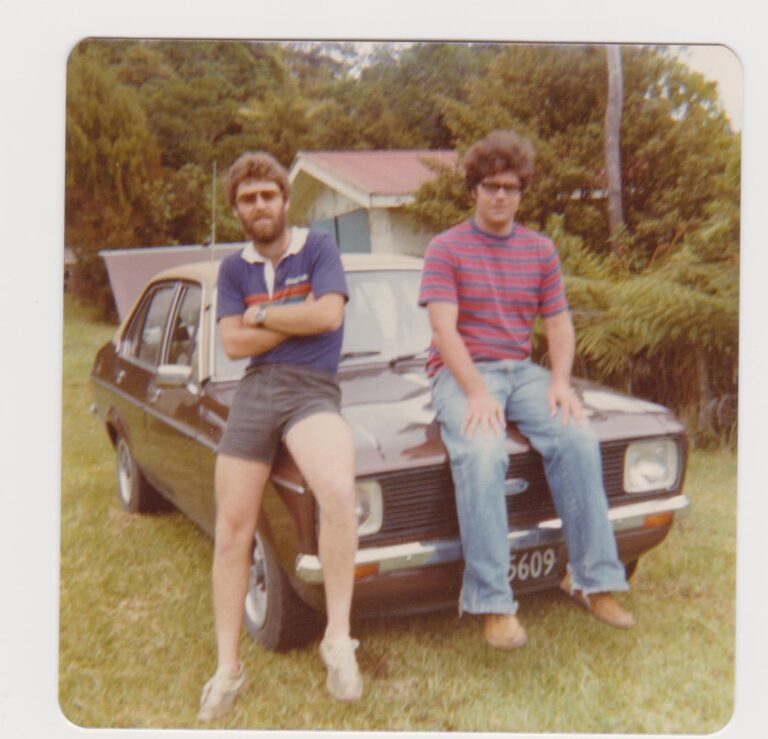Leadfoot Festival is, without a doubt, one of New Zealand’s most highly regarded motorsport events. The reason why is simple, and it all began a few years ago — 2011, to be exact — when Rod Millen celebrated his 60th birthday. Rod is a legend in Kiwi motorsport, and, as such, the driveway to his sprawling Hahei property — aptly named Leadfoot Ranch — is a winding, mile-long stretch of tarmac-driving perfection. Rod and his wife, Shelly, organized the inaugural Leadfoot Festival as a private event to celebrate Rod’s 60th, and, after giving it a bit of thought, opened further events to the public.
The event itself is a three-day festival of automotive culture, and the 150-acre Leadfoot Ranch houses a number of large, American-themed barns and buildings overflowing with mechanical goodness, as well as a huge number of car clubs, stalls, and live entertainment to keep all spectators entertained.
However, the real attraction is what’s on that driveway. A huge variety of vehicles from throughout the ages — from vintage race cars, to muscle cars, to drift cars — are driven hard up the course.

For the 2016 Leadfoot Festival, there’s an extra special guest, too — Kiwi-born, four-time IndyCar Champion Scott Dixon will be there, driving pedal-to-the-metal up the Leadfoot driveway. “Scott visited Leadfoot Ranch early this year when he was home and was blown away with the property and expressed a desire to compete,” says Rod Millen. “We have been working with Scott to make this happen and it gives us the opportunity to celebrate Scott’s incredible success in motorsports. I am very excited to have Scott Dixon attend the February event.”

Scott will be driving a 1906 Darracq, one of the first Grand Prix cars, and it’s a far cry from what he’s normally seen behind the wheel of. The Darracq was built in 1906 for the first Grand Prix held at Le Mans, and over a century later, is still being raced — albeit in a more laid-back manner.
With a 14.25-litre four-cylinder, it’s a slow-revving brute of a thing, but it’s by no means a slow vehicle — especially with someone like Scott Dixon behind the wheel. Though it won’t rev to 12,000rpm like an IndyCar, its plentiful torque should make it a treat to watch over the 2016 Leadfoot Festival. We’re looking forward to seeing it in action!


